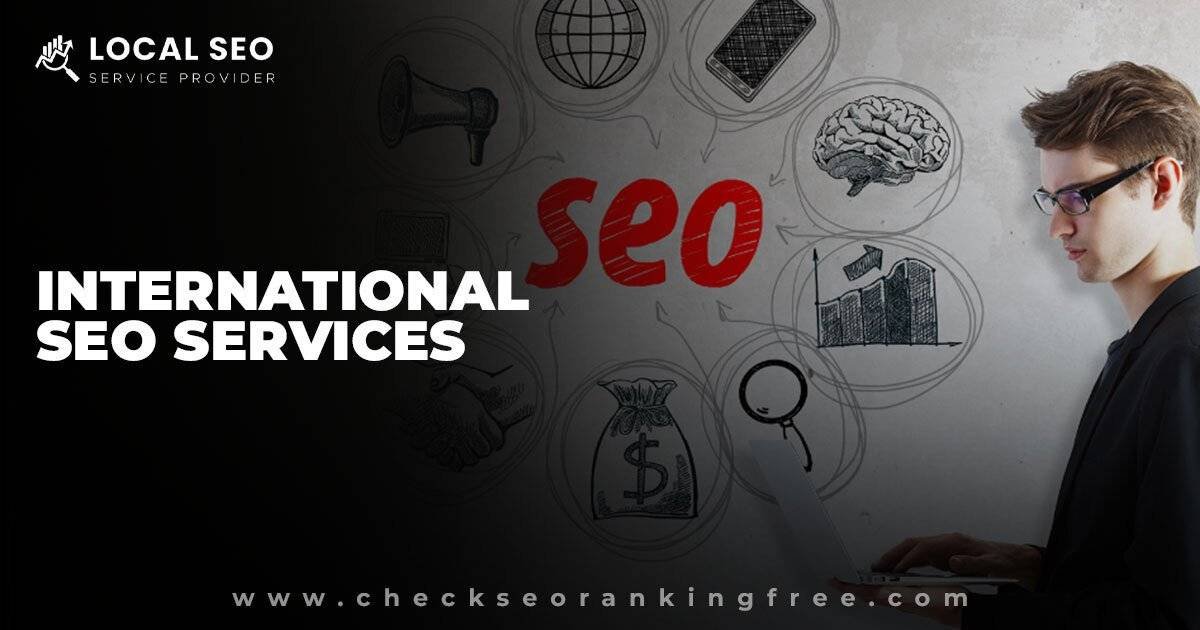In today’s digital world, expanding your online presence beyond your home country can be a game-changer for your business. But how do you ensure that your website ranks well in search engines across different countries and languages? The answer lies in international SEO services. This guide will walk you through the essentials of international SEO, using clear, everyday language to make sure you understand every step of the process.
What is International SEO?
International SEO refers to the strategies and techniques used to optimize your website so that it ranks well in search engines in different countries and languages. Unlike standard SEO, which focuses on a single market, international SEO is about reaching a global audience. It involves understanding local search behaviors, languages, and cultural nuances.
For example, imagine you run a bakery in New York and want to expand your business to France. You’d need to make sure that when French customers search for bakeries in their area, your website appears at the top of their search results. This involves more than just translating your website into French; it requires optimizing it for the French market.
Why Invest in International SEO Services?
Investing in international SEO services can significantly benefit your business by:
- Expanding Your Reach: By optimizing your site for different languages and regions, you can attract a broader audience.
- Increasing Sales: More visibility in international markets can lead to more sales and revenue.
- Building Brand Authority: Appearing at the top of search results in multiple countries helps establish your brand as a global authority.
Key Components of International SEO
Here’s a step-by-step guide to help you understand the key components of international SEO:
1. Keyword Research
Before you start optimizing your site, you need to understand what keywords people are using in different countries. Tools like Google Keyword Planner can help you find relevant keywords for each market.
For example, a company selling “running shoes” might find that in the UK, people often search for “trainers” instead. Incorporating these local terms into your website content is crucial.
2. Website Structure
The structure of your website plays a significant role in how well it performs internationally. There are three main ways to structure a site for different languages and regions:
- Subdirectories: Example:
example.com/fr/for French content. - Subdomains: Example:
fr.example.comfor French content. - Country Code Top-Level Domains (ccTLDs): Example:
example.frfor French content.
Each method has its pros and cons. For instance, subdirectories are easier to manage, while ccTLDs can help with local rankings but require more effort to maintain.
3. On-Page Optimization
On-page optimization involves making sure that your website’s content and HTML elements are optimized for your target audience. This includes:
- Title Tags and Meta Descriptions: Ensure they are translated accurately and contain relevant keywords for each market.
- Content Localization: Don’t just translate your content—adapt it to reflect local culture and preferences. For example, a marketing campaign that works in the US might not resonate in Japan.
4. Technical SEO
Technical SEO ensures that your website is easily crawlable and indexable by search engines. For international SEO, focus on:
- Hreflang Tags: These tags help search engines understand the language and regional targeting of your pages. For example,
<link rel="alternate" hreflang="en" href="https://example.com/" />helps Google know which page to show for English speakers. - Site Speed: Ensure your site loads quickly in all target countries. A fast-loading site improves user experience and rankings.
5. Link Building
Building links from local, relevant websites can boost your site’s authority in different countries. Consider reaching out to local influencers, bloggers, and websites for guest posts and backlinks.
6. Monitoring and Analytics
Track the performance of your international SEO efforts using tools like Google Analytics and Google Search Console. Monitor metrics such as traffic, rankings, and conversion rates to see how well your site is performing in different markets.
Anecdote: A Success Story
Consider the case of a US-based e-commerce store that decided to expand into the German market. Initially, they only translated their website into German. However, they soon realized that their site wasn’t ranking well in Germany. They then invested in international SEO services, including thorough keyword research, localized content, and hreflang tags. Within a few months, their visibility in Germany improved, and they saw a significant increase in sales from the German market.
Conclusion
Investing in international SEO services can open up new markets and increase your global reach. By understanding and implementing the key components of international SEO, you can ensure that your website performs well across different countries and languages.
Another link


3 Responses
I don’t think the title of your article matches the content lol. Just kidding, mainly because I had some doubts after reading the article.